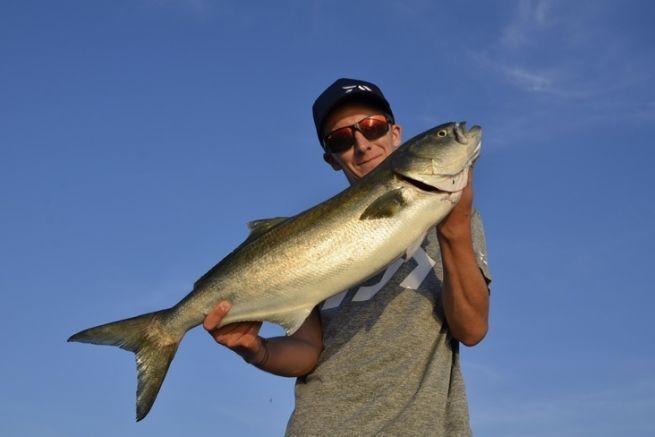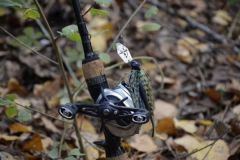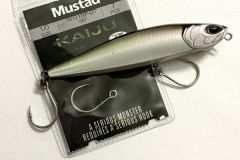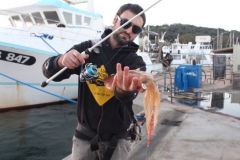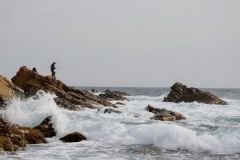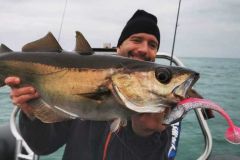All zones work
During the summer season, you will be able to fish with surface lures on all types of bottom. Whether it's on rocky shores, on large sandy beaches or at the mouths of harbors, there will always be some type of predator ready to pounce on a lure.
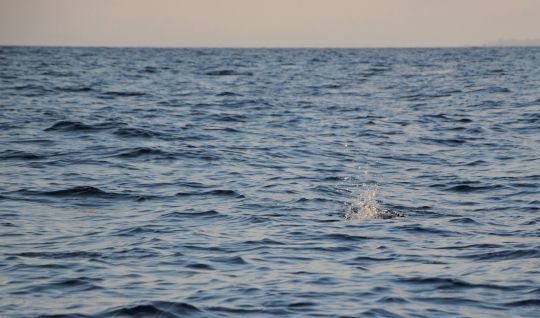
Generally, the mouths and sandy beaches fix species like the liche and the tassergal. On the rocky coast, we find barracudas and amberjacks. As for the harbor, barracudas, lichens and tassergals are generally the most present.
The most effective area is probably the mouth of a small river, often bordered by sandy beaches. The fresh water brought by the river is loaded with nutrients and invertebrates that forage fish love, in turn attracting large predators. When the fresh water meets the warm salt water of the sea, the surface layer is salty and the bottom layer is not. Sea fish are therefore forced to stay very close to the surface in order to breathe properly, another advantage for surface fishing.
Stickbait or popper ?
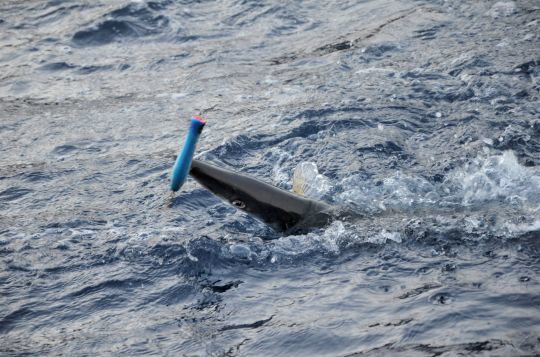
Within the category of surface lures, there are multiple forms of lures, all of which animate differently. Stickbaits and poppers are the most common, but there are also so-called pencils, propbaits, sinking poppers and sinking stickbaits.
All these lures evolve more or less between 0 and 50 cm under the surface. To make it simple, we will only deal with the classics.
The stickbait is a lure that must be animated quickly thanks to wrist strokes, it is very effective in imitating a fleeing longfin fish. The small models are easy to animate, unlike the big ones intended for amberjack or lichen, which can be tiring very quickly for an inexperienced fisherman.
Poppers, whether large or small, are easy to animate and are rather imitative of a small predator on the hunt. The larger models require an adapted rod with a stiff tip to avoid fatigue during powerful animations.
Which decoy in which situation?
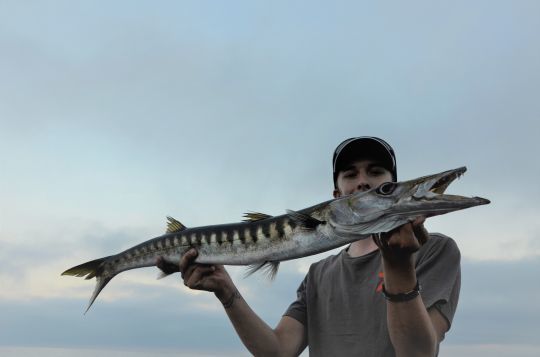
Some fish, such as bluegill and wolffish, feed primarily on fish like garfish, redfish or small forage fish. Long, thin stickbaits work particularly well to target them.
Barracudas and amberjacks are sometimes far from the surface, to attract their attention, so we need a very noisy lure, which remains for a long time on the area, the popper. It also allows us to select larger fish, because of the big bite it represents.
As far as animations are concerned, tassergals and liches respond very well to fast animations. For barracudas and amberjacks, slow animations allow to decide the following fish.
The choice of colors should be made according to the prey you wish to imitate, the highly reflective colors, blue and white are essential for sea fishing.

 /
/ 